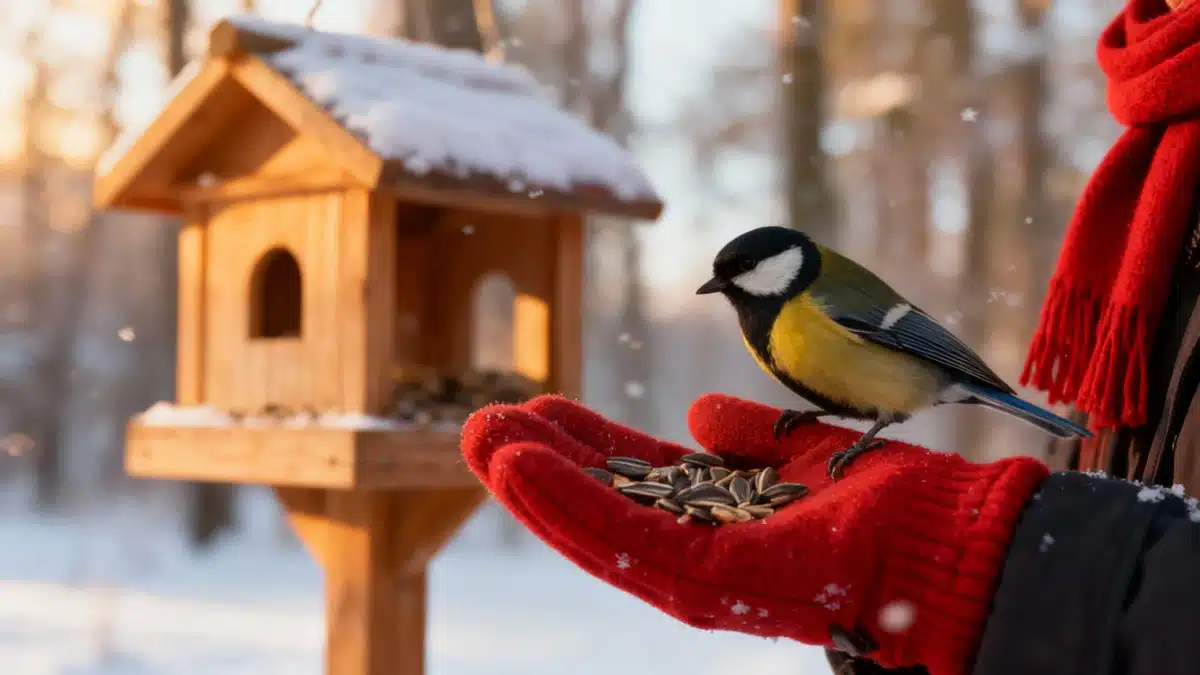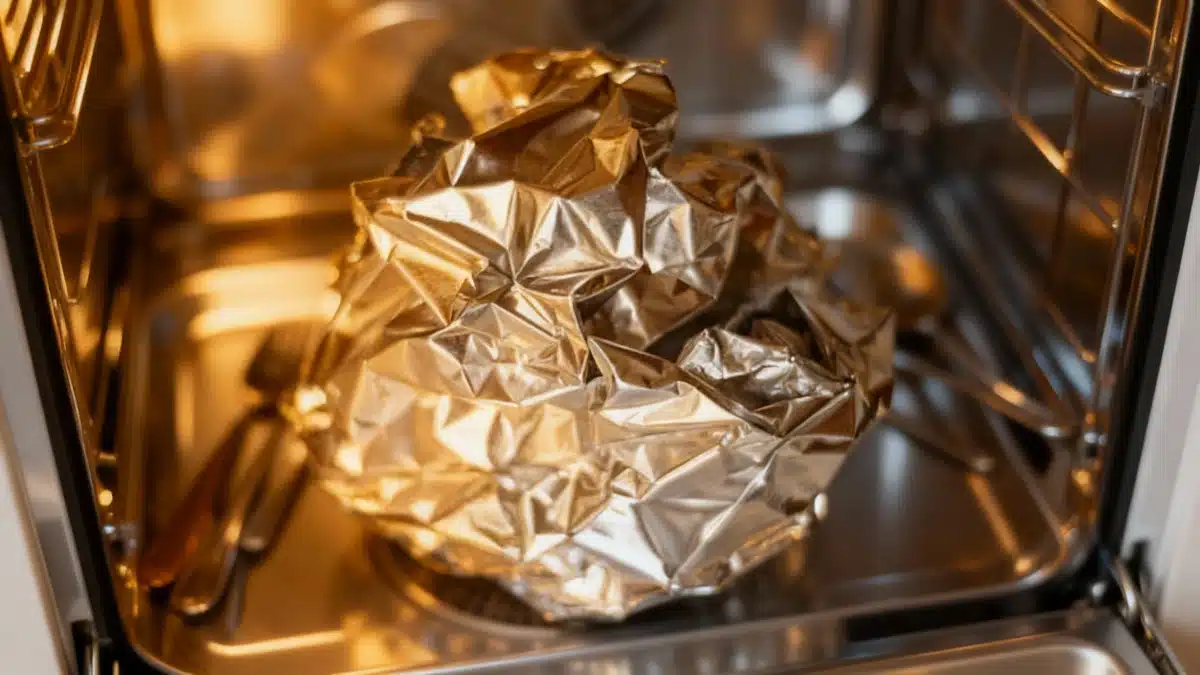Winter can be brutal for birds. While you might see them flitting around in your frosty backyard and feel the urge to help, even the best intentions can lead to trouble. Here’s a heart-to-heart: if you want to be crowned the local feathered hero, you’ll want to dodge these five common winter bird feeding mistakes that can actually do more harm than good.
1. Bread: Not the Gift It Seems
- Bread is as tempting to offer as leftover cookies, but for birds in winter, it’s basically the equivalent of handing out empty calories. It lacks vital nutrients and its salt content can damage their kidneys, speeding up their aging process—just like grumpy old men at the park, but for birds!
- The soft interior of bread—what we lovingly call the crumb—can fill a bird’s stomach, risking a blockage. At best, this can lead to discomfort that puts them at greater risk from predators. At worst, it may even be fatal due to stomach tears or distensions.
2. Dairy Products: No Cheesy Treats, Please
- That leftover cheese rind or dab of butter? Birds aren’t cut out for it. Dairy contains lactose and, unfortunately, birds are as intolerant of it as a cat is to a bubble bath.
- Lactose can trigger digestive upsets like diarrhea. Weakening them on the coldest days leaves them sitting ducks (well, birds) for lurking predators. So, as tempting as a gooey camembert may be, keep it for yourself.
3. Animal Proteins and Insects: Just Say No (in Winter)
- While you may have handed out crunchy insects like Halloween treats in autumn, winter is different. Most insects hibernate, and birds’ metabolism isn’t primed to handle big protein doses in the cold months.
- Unexpectedly high levels of animal protein can spark behavioral or physical changes in some species, leaving them all out of sorts. In short, if you want your local birdlife to keep their cool, keep bugs off the menu until spring.
4. Fats in the Wrong Form: Keep Plumes Pristine
- Birds do need energy-rich fats to beat the cold, but only if delivered the right way. Coating their plumage in margarine (or anything greasy) is an absolute no-go: it destroys the natural waterproofing and insulation that keeps them warm and dry.
- Instead, make sure fats like margarine can be accessed solely via the beak—using a drilled piece of wood, for example. Never slather it in a way that encourages birds to rub it on their feathers!
The Bonus Mistake: Bad Feeder Placement
- You might think any old spot will do, but where you put the feeder can mean survival or disaster. Birds need a clear, panoramic view—a full 360 degrees—to spot predators (especially stealthy cats). If the feeder is hidden, they’re toast. Or dinner.
- Also, don’t pick a windy spot—birds want food, not an arctic wind tunnel! Plus, keep feeders out of reach of predators and strategically placed for escape routes.
Winter Bird Support: Getting It Right
Caring for birds in the chill is more than charity—it’s about creating a lifeline. As insects vanish, birds switch to berries and seeds, relying on whatever nature (or you) provide. In milder seasons, regions with plenty of shrubs and trees usually help birds survive until spring. But when resources run low, your feeder and water can be a real game-changer for these resilient creatures.
But be warned: once you start, be consistent. Birds remember! They expect food every day and expend precious energy returning to empty feeders, sometimes to their detriment. Keep the supply regular to guarantee their health and your ongoing wildlife show.
Safety matters: place feeders out of reach of cats, and use high-lipid seeds such as sunflower. Ready-made fat balls are available, or you can craft your own—kids love this project! Offer fruit like slightly bruised apples and pears, and hang up some raisins for a gourmet touch favored by blackbirds and thrushes.
Water remains crucial: birds need to drink and preen. Change the water for lukewarm if it freezes, to keep it accessible. Clean feeders and water points regularly to avoid the spread of disease. And if you’re feeling ambitious, plant a hedge this fall with berry-producing shrubs—viburnum, elder, cornelian cherry, hawthorn, wild rose, and others—to give vital shelter and natural food all year long.
Conclusion: Skipping these five mistakes means supporting birds when they need it most, while bringing nature’s theater right to your doorstep. Remember: mindful feeding helps ensure your feathered visitors stay healthy—and keeps your garden bustling with their colorful company through the coldest months.

John is a curious mind who loves to write about diverse topics. Passionate about sharing his thoughts and perspectives, he enjoys sparking conversations and encouraging discovery. For him, every subject is an invitation to discuss and learn.





